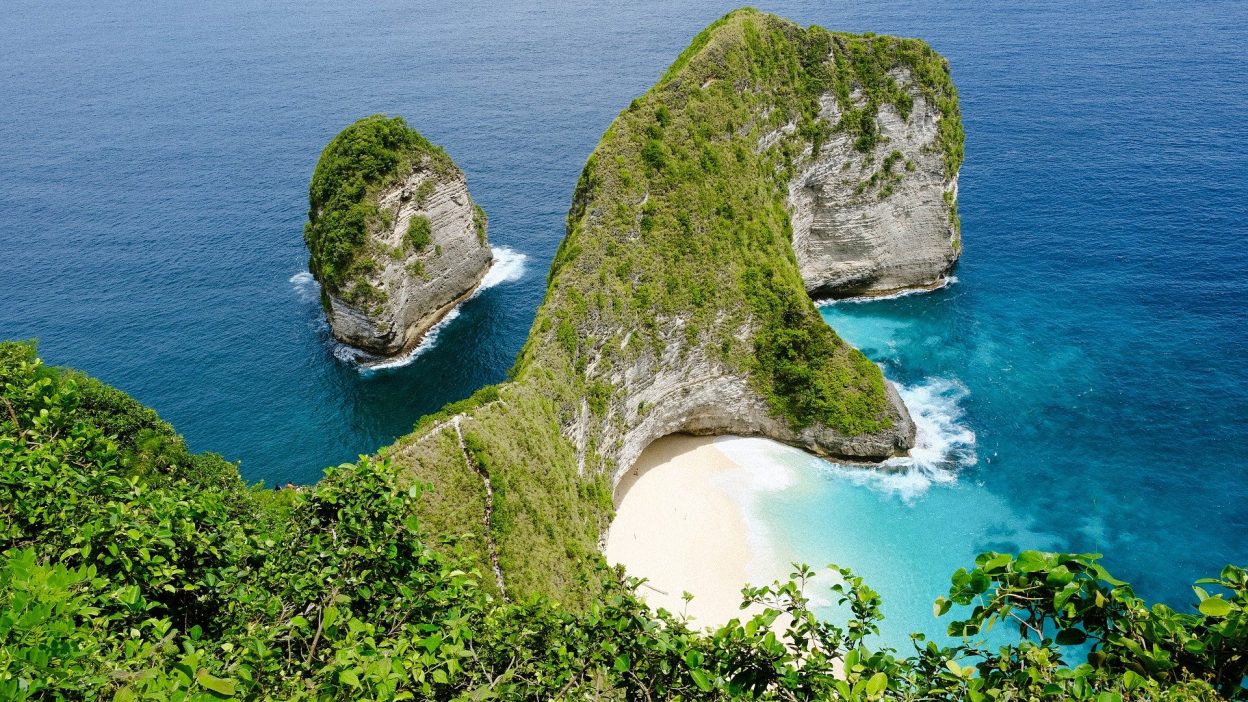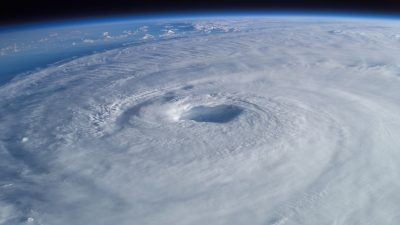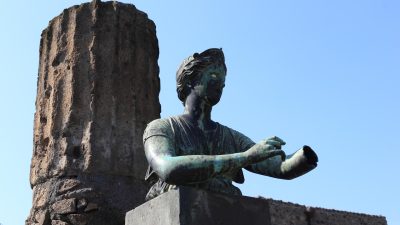The Overlooked Catastrophe: The 1917 Bali Earthquake and Its Lasting Impact
The 1917 Bali earthquake remains one of Indonesia’s most significant natural disasters, yet it is seldom mentioned in historical discussions. This devastating event not only claimed thousands of lives but also altered the island’s cultural and architectural heritage. Unlike modern disasters that are widely documented, the full extent of this tragedy remains obscured by the limitations of historical records and underreporting.
Bali, known for its tranquil landscapes and spiritual traditions, was utterly unprepared. At a time when there were no earthquake-resistant structures, the island’s infrastructure collapsed, leaving widespread destruction. Homes, temples, and entire villages were reduced to rubble, trapping residents beneath the debris. This disaster was not merely a physical calamity—it reshaped the resilience and perseverance of the Balinese people.
The 1917 Bali Earthquake: An Unforeseen Catastrophe
On 21 January 1917, the earthquake struck in the early hours of the morning, taking the island by surprise. Estimated to have a magnitude of between 6.6 and 6.9, its force levelled villages and inflicted severe damage on Bali’s temples and historical sites. Unlike today, when seismic activity is closely monitored, there were no early warning systems available at the time.
The island’s volcanic terrain exacerbated the impact, triggering landslides that buried entire communities. Survivors described the terror of the ground shaking violently, followed by waves of destruction. The Dutch colonial authorities, who controlled Bali at the time, were slow to respond, leaving residents to handle the crisis with minimal external assistance.
Casualties and Destruction: The Devastating Toll of the 1917 Bali Earthquake
- Fatalities: Official estimates suggest that at least 1,500 people lost their lives. However, many believe the actual number was significantly higher, particularly in rural areas where destruction was immense but underreported.
- Injuries and Medical Struggles: Thousands suffered injuries, with many receiving little to no medical treatment. Traditional healing practices were often the only option available in the absence of modern healthcare facilities.
- Widespread Destruction: Over 2,400 temples and approximately 80,000 houses were destroyed, leaving a large proportion of the population homeless. The damage to sacred sites sparked both cultural and spiritual crises across the island.
- The Spiritual Impact: Religious Beliefs Shaken by the Earthquake
- For the deeply religious Balinese, the 1917 earthquake was not just a natural event but a spiritual reckoning. Many viewed the disaster as a sign of divine displeasure, a consequence of neglected traditions or impure practices. The destruction of thousands of temples only reinforced these fears, leaving communities grappling with their faith.
- In the wake of the disaster, a revival of religious practices took place. Rituals were performed to seek divine forgiveness, and temples were rebuilt with an even stronger commitment to spiritual devotion. The earthquake’s impact on Balinese Hinduism led to architectural changes designed to better withstand future earthquakes, ensuring that such a catastrophe would not cause similar levels of devastation again.
The Hidden Crisis: The Aftermath Few Remember
Despite its severity, the 1917 Bali earthquake failed to garner the international attention it warranted. Unlike other major disasters of the era, such as the Spanish flu or battles of World War I, this catastrophe remained largely overlooked outside the region.
Survivors faced not only the initial devastation but also severe post-disaster conditions, including disease outbreaks, food shortages, and a lack of medical care. With no structured emergency response, many perished in the weeks that followed due to untreated injuries and malnutrition. The Dutch colonial government, despite their control over Bali, provided minimal assistance, directing their attention and resources elsewhere.
The lack of international recognition for this tragedy highlights how many colonial-era disasters were ignored unless they directly impacted Western powers. If a similar earthquake had struck a European nation, would it have received the same level of neglect?
The Threat Persists: Could Another Earthquake Strike Bali?
Scientists warn that Bali remains highly vulnerable to another major earthquake. Located within the seismically active Ring of Fire, the island experiences frequent seismic activity. Despite advancements in technology and infrastructure, the potential for another disaster similar to 1917 remains a significant concern.
Bali’s rapid urbanisation presents new risks. Many modern buildings and tourist developments are located in areas that may not be able to withstand a powerful quake. Experts caution that without stringent regulations and improved disaster preparedness, another earthquake could result in widespread devastation.
If a similar earthquake were to occur today, the financial and human toll could be catastrophic. While some progress has been made, there are still concerns about whether Bali is truly prepared for the next major seismic event.
The Ignored Tragedy: Why the 1917 Bali Earthquake Was Overlooked
- Lack of Media Coverage: Unlike disasters in Western nations, the 1917 Bali earthquake received little international attention. Was this due to its geographical distance from colonial centres of power?
- Colonial Government Response: The Dutch authorities provided limited aid, prioritising their resources elsewhere. This led many to question whether Balinese lives were considered less important in the colonial hierarchy.
- Would It Be Different Today? With global media coverage and digital communication, a similar disaster in modern Bali would likely receive more attention. However, whether adequate aid and support would follow remains uncertain.
Earthquake Myths vs. Facts: What 1917 Taught Us
A common belief is that animals can predict earthquakes. Reports from 1917 claimed that birds and livestock behaved unusually before the quake. While animals may detect subtle vibrations before humans do, there is no scientific evidence that they can predict seismic events.
Another misconception is the existence of absolute “safe zones.” The 1917 earthquake proved that even well-built areas were not immune to destruction. True safety comes from preparedness, strong infrastructure, and effective disaster response plans.
Many victims instinctively ran outside during the tremors, only to be struck by collapsing structures. This tragic event has influenced modern earthquake preparedness, which now emphasises taking cover indoors rather than running blindly.
Conclusion: Are We Ready for the Next Major Earthquake?
The 1917 Bali earthquake serves as a stark reminder of nature’s unpredictable power. The island’s ability to rebuild demonstrated remarkable resilience, but have enough measures been taken to prevent a similar tragedy?
Despite technological advancements, many of the same risks persist. Poorly regulated construction, inadequate public awareness, and a false sense of security continue to pose threats. The real question is whether the lessons from 1917 have been truly understood or if history is bound to repeat itself.
FAQs: The 1917 Bali Earthquake
1.How strong was the 1917 Bali earthquake?
A: It had an estimated magnitude of between 6.6 and 6.9, causing widespread devastation.
2.How many people died as a result of the earthquake?
A: At least 1,500 people lost their lives, with many more injured and left homeless.
3.What triggered the 1917 Bali earthquake?
A:It was caused by seismic activity along the Sunda Arc, a highly active fault zone.
4.Is Bali still at risk of another earthquake?
A:Yes, experts warn that the region remains vulnerable due to its location within the Ring of Fire.
5.What was the most significant impact of the 1917 Bali earthquake?
A: The destruction of homes, temples, and cultural landmarks, along with the extensive loss of life.
References:
1917 Bali earthquake




